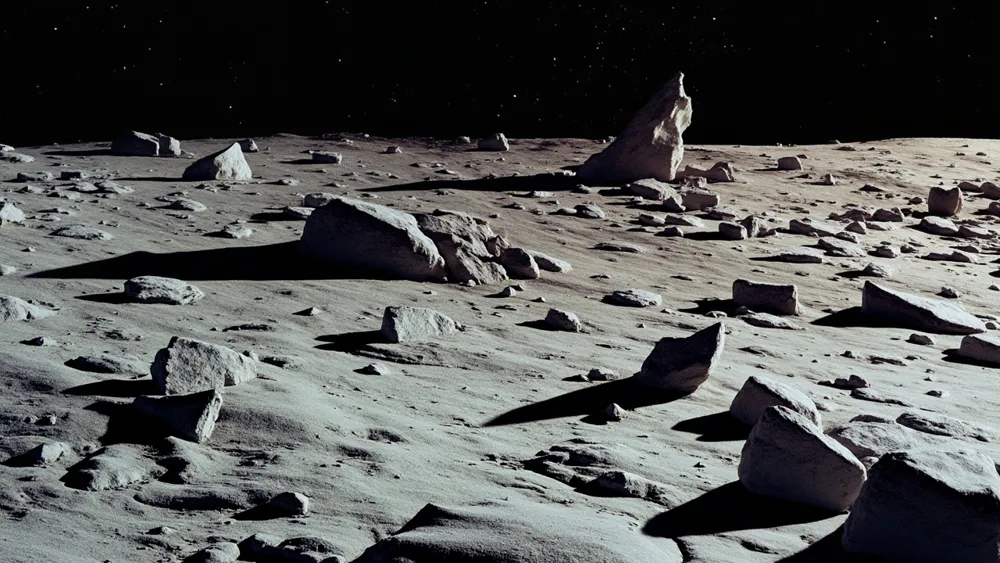Japan's Lunar Lander Crash Commentary

The recent announcement regarding the crash of Japan's lunar lander, Resilience, draws significant attention, not just for its immediate implications but for the broader context of lunar exploration. As nations and private entities ramp up efforts to return to the Moon, understanding the intricacies of these missions becomes increasingly paramount. The investigation into the laser rangefinder malfunction that contributed to the lander's failure serves as a crucial reminder of the complexities and unpredictable challenges inherent in space exploration.
The failure occurred during what was intended to be Japan's first private moon landing attempt on June 5, 2025, when the lander failed to adequately slow down due to inaccuracies in distance measurements caused by the laser rangefinder. Four potential causes of this malfunction have been identified, ranging from unexpected characteristics of the lunar surface to the angle of laser reflections. Such technical failures underline the fact that, despite advancements in technology, space missions are fraught with risks that demand rigorous testing and validation. Recently, ispace has pledged to enhance testing protocols and incorporate additional visual sensors in future missions to mitigate such failures. This dedication emphasizes the need for continual learning and adaptation in aerospace endeavors.
Additionally, this isn't an isolated incident for ispace, as just over a year prior, a similar failure led to the loss of another lunar lander, Hakuto-R. This raises questions about whether enough due diligence is being undertaken in the design and testing phases of these spacecraft. As the upcoming missions, dubbed Tasks 3 and 4, are planned to utilize a more powerful lander, Apex 1.0, the outcome of these missions will be critical not only for ispace's reputation but also for the future of private lunar exploration.
In conclusion, the crash of Resilience illuminates the precarious nature of space exploration and the critical role of robust technological systems. As we eagerly anticipate the responses from ispace and the outcomes of its next lunar missions, one must wonder: how will the lessons learned from these setbacks shape the future of not just lunar, but broader outer space exploration?
Read These Next

Tesla Launches New Cybercab Model for Ridesharing Market
NHTSA investigates Tesla's robotaxi after social media videos show illegal driving, affecting its reputation and future.

Jack Ma Appears at Alibaba's Ele.me Event
Ma Yun attends a Taobao flash sale meeting at Ali Hungry Zone, smiling with CEO Wu Yongming, sparking online discussions.

Ma Yun and Wu Yongming to Join Taobao Flash Sale Week
Jack Ma and CEO Wu Yongming may join the Taobao Flash Sale meeting, aiming to boost collaboration in Alibaba's business lines.
